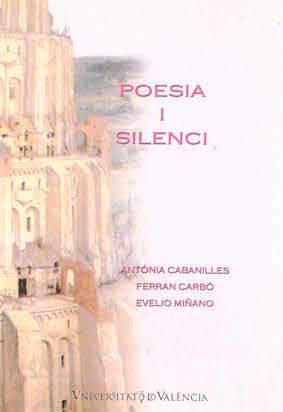Desvelado silencio: La voz a ti debida. (El título como indicador catafórico e intertextual)
DOI:
https://doi.org/10.7203/qf-elit.v11i0.5067Keywords:
voice, Salinas, cataphoric, Petrarca, Garcilaso, intertextual, immortal Abstract
Abstract
The publication of the letters of Pedro Salinas to Katherine Whitmore (Bou, 2002) discovered the silence in what she, creator stimulus of his loving trilogy, had been secluded. The title of La voz a ti debida is a cataphoric indicator (López Casanova, 1994), because it is informing of two realities: the poetic expression of the I is produced by the you and, simultaneous, it’s doing a payment for love. La voz a ti debida is analysed like an intertextual borrowing of Egloga III of Garcilaso who, like Salinas, celebrates his lover by means of verses, so both poets are part of a long chain of lyrics voices (Petrarca, Juan de Yepes, Fernando de Herrera, Lope, Quevedo, Bécquer, etc.) which immortaliced their love thanks to the poems.
 Downloads
Downloads
Downloads
Published
How to Cite
-
Abstract409
-
PDF (Español)1508
Issue
Section
License
 Este obra está bajo una licencia de Creative Commons Reconocimiento-NoComercial-SinObraDerivada 4.0 Internacional.
Este obra está bajo una licencia de Creative Commons Reconocimiento-NoComercial-SinObraDerivada 4.0 Internacional.
Authors who publish with this journal agree to the following terms:
- Authors retain copyright and grant the journal right of first publication with the work simultaneously licensed under a Creative Commons Attribution License that allows others to share the work with an acknowledgement of the work's authorship and initial publication in this journal.
- Authors are able to enter into separate, additional contractual arrangements for the non-exclusive distribution of the journal's published version of the work (e.g., post it to an institutional repository or publish it in a book), with an acknowledgement of its initial publication in this journal.
- Authors are permitted and encouraged to post their work online (e.g., in institutional repositories or on their website) prior to and during the submission process, as it can lead to productive exchanges, as well as earlier and greater citation of published work (See The Effect of Open Access).



